Save the Monarch Butterfly! Plant Native Milkweed.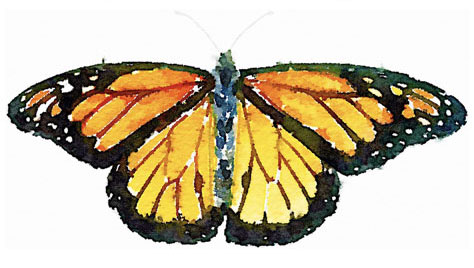 Garden Club of Palo Alto
Garden Club of Palo Alto
Monarch Migration Revival
The number of U.S. Monarch butterflies has decreased 90% since 1990 due to loss of habitat, use of herbicides and pesticides and climate change. Joining a national effort to save the monarch, the Garden Club of Palo Alto initiated its own “Monarch Migration Revival” in 2015.
130 members, AKA “Monarch Mamas“, planted milkweed in their gardens, propagated native milkweed seedlings, hosted information outreach tables at local farmers’ markets and schools, established monarch ”way stations” of milkweed and nectar plants in community gardens and local parks, and even raised monarchs from egg to caterpillar to butterfly to be released into our milkweed gardens. We now have over 1500 milkweed gardens from San Francisco to San Jose recorded on our Google Milkweed map.
Please join us by planting native milkweed in your garden and encouraging your neighbors to do the same. We can bring back the monarchs if we work together and spread the message.
The March 1, 2019 edition of the Palo alto Weekly featured an article about monarch butterfly gardens which describes the Garden Club’s project and the current butterfly “count”. Read it HERE.
 |
 |
 |
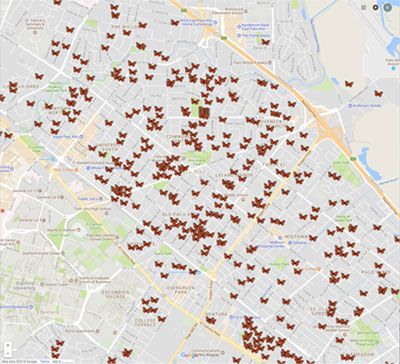 |
If you would like to plant milkweed in your garden please check your local nursery. Plants are usually available at SummerWinds Nursery, 725 San Antonio Road, Palo Alto, CA 94303.
The Lifecycle of a Monarch Butterfly
Monarch butterflies go through four stages during one life cycle, and through four generations in one year.
The stages of the life cycle are (1) the egg, (2) the larvae (caterpillar), (3) the pupa (chrysalis), and (4) the adult butterfly. The four generations are actually four different butterflies going through these four stages during one year until it is time to start over again with stage one and generation one.
In February and March, the final generation of hibernating monarch butterflies comes out of hibernation to find a mate. They then migrate north and east in order to find a place to lay their eggs. This starts stage one and generation one of the new year for the monarch butterfly.
In March and April the eggs are laid on milkweed plants. They hatch into baby caterpillars, also called the larvae. It takes about four days for the eggs to hatch. Then the baby caterpillar doesn’t do much more than eat the milkweed in order to grow. After about two weeks, the caterpillar will be fully-grown and find a place to attach itself so that it can start the process of metamorphosis. It will attach itself to a stem or a leaf using silk and transform into a chrysalis. Although, from the outside, the 10 days of the chrysalis phase seems to be a time when nothing is happening, it is really a time of rapid change. Within the chrysalis the old body parts of the caterpillar are undergoing a remarkable transformation, called metamorphosis, to become the beautiful parts that make up the butterfly that will emerge. The monarch butterfly will emerge from the pupa and fly away, feeding on flowers and just enjoying the short life it has left, which is only about two to six weeks. This first generation monarch butterfly will then die after laying eggs for generation number two.
The second generation of monarch butterflies is born in May and June, and then the third generation will be born in July and August. These monarch butterflies will go through exactly the same four stage life cycle as the first generation did, dying two to six weeks after it becomes a beautiful monarch butterfly.
The fourth generation of monarch butterflies is significantly different than the first three generations. The fourth generation is born in September and October and goes through exactly the same process as the first, second and third generations except for one part. The fourth generation of monarch butterflies does not die after two to six weeks. Instead, this generation of monarch butterflies migrates to warmer climates like Mexico and California and will live for six to eight months (instead of 4-6 weeks) until it is time to start the whole process over again.
It is amazing how the four generations of monarch butterflies works out so that the monarch population can continue to live on throughout the years.
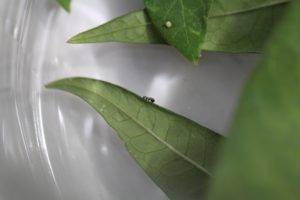 |
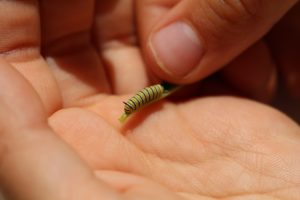 |
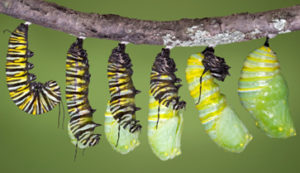 |
 |
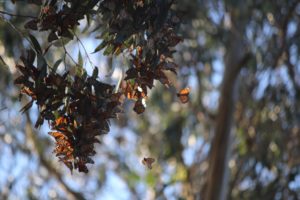 |
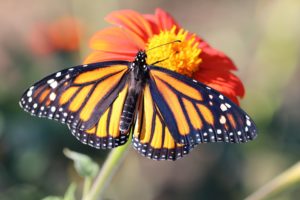 |
If you have questions about the Garden Club of Palo Alto Monarch Migration Revival Project please use the form below.
